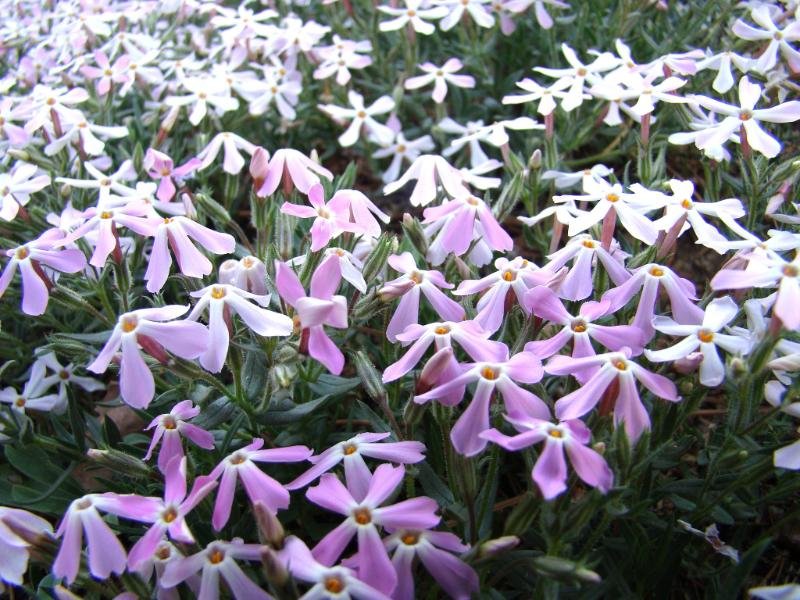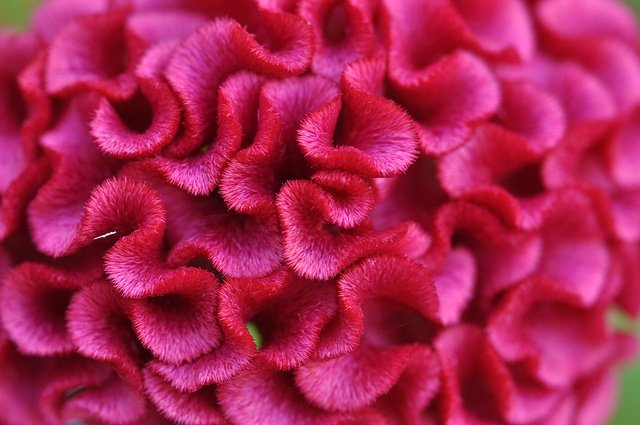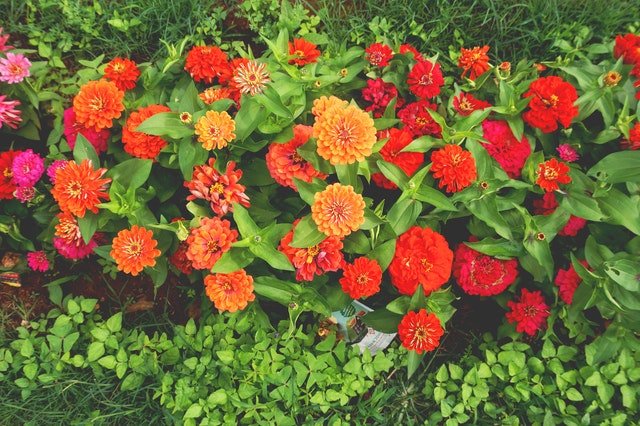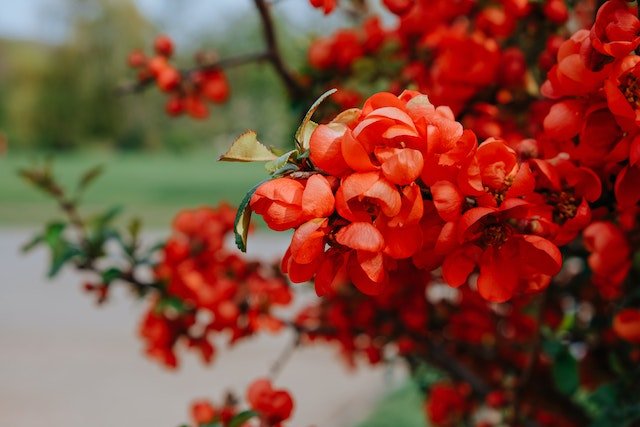Keys Takeaways
Phlox are popular perennial plants known for their colorful spring and early summer flowers. They emerge early each year and readily self-seed to create large clusters in gardens over time. Here are the key takeaways for encouraging phlox plants to spread:
- Provide ideal sunlight and soil conditions. Phlox prefers full sun but tolerates light shade. They thrive in organically rich, well-drained soil.
- Leave spent flowers on the plants. Allowing faded phlox flowers to go to seed encourages self-sowing and spreads plants.
- Divide mature clumps. Carefully dig up and divide large, overgrown clumps every 2-3 years to rejuvenate growth.
- Plant in drifts. Group multiple phlox plants together in sweeping drifts through beds and borders for a fuller, cascading growth habit over time.
Table of Contents
Sun and Soil Needs for Healthy Phlox Growth

Phlox is not too demanding in terms of care, but providing the right amounts of sun and amending soil to have good drainage is key for success with the plants.
Sun Requirements
- Full sun: Ideally 6+ hours of direct sunlight per day
- Light shade: Will tolerate 3-6 hours of sun
- Heavy shade: Not recommended, leads to fewer blooms
Soil Specifications
- Nutrient-rich: Mix in compost or aged manure before planting
- Well-draining: Sandy or loamy soils that won’t get waterlogged
- Neutral pH: Test soil and amend to reach pH 6.5-7.5 if needed
Preparing a Site for Planting
When introducing phlox to a new garden bed or border, prep the site properly by:
- Removing weeds, debris, or unhealthy plants
- Working organic compost thoroughly into the top 6-12 inches
- Loosening compacted earth to improve drainage
- Watering deeply to hydrate soil before planting
Caring for Phlox Through the Seasons
Here is an overview of key care phlox required in each part of the growing season:
| Season | Care Needs |
|---|---|
| Spring | – Cut back dead growth from winter – Water if rainfall is low |
| Summer | – Pinch off spent flower heads – Occasional watering in drought |
| Fall | – Prune back leggy stems after bloom – Leave seed heads for self-sowing |
| Winter | – Mulch plants to protect roots if very cold |
Techniques to Expand Phlox Through Self-Seeding
With proper care and optimal site conditions, phlox readily self-sow, expanding clusters each year. Here are some key techniques to really maximize self-seeding from your plants:
Leave Spent Blooms
Instead of deadheading, allow faded phlox flowers to dry out and drop their seeds:
- Seeds fall around the mother plant and take root easily
- Self-sown plants create dense drifts, cascade over time
- Can get hundreds of seedlings each year
Transplant Extra Seedlings
For even more new plants:
- Carefully dig up and pot extras sprouting adjacent to the original plants
- Transplant seedlings to other beds, borders, or share with gardener friends!
Scatter Seeds
In late fall, harvest dry seed heads and manually scatter seeds:
- Mimics natural self-seeding
- Place seeds along pathways, edges of low borders
- Cover lightly with 1⁄4” soil
Dividing Overgrown Phlox Clumps
Mature phlox sends up many stems and becomes overgrown after 2-3 years. Dividing the roots rejuvenates the plants:
When to Divide
- Spring and early fall are the best seasons
- Avoid summer heat or winter dormancy periods
Division Process Step-By-Step
- Use a garden fork to loosen the soil and carefully lift the entire plant
- Shake off excess soil then separate sections with a knife or pruners
- Replant divisions 12-18” apart to allow for future spreading
- Water gently until established
Each division will grow rapidly again when given space and ideal conditions!
Designing With Phlox for Gorgeous Garden Drifts
There are over 50 popular phlox species and varieties available, with options spanning various heights, colors, and growth habits.
Incorporate different types together to create beautiful, natural-looking garden drifts:
Combine These 3 Phlox Groups:
- Tall phlox – Fragrant large-clustered back of border flowers
- Creeping phlox – Mat-forming carpets loaded with blooms
- Border phlox – Medium height with bold flower heads over mounds of foliage
Complementary Color Palettes
Group compatible hues for stellar displays:
- Blue phlox with purples and whites
- Pink or coral phlox with red and orange flowers
- Pastel mixes: lavender, peach, cream varieties
Consistent Watering is Key!
To prevent disease issues:
- Ensure Phlox gets regular water
- Quick drying avoids potentially harmful mildew problems
- Space/thin plants for adequate air circulation
Continual Care of Established Phlox Plantings
With mature, expanding phlox stands, sustain beauty and flowering with attentive yearly maintenance:
Regular Division
Thin congested areas and give away extras to share the perennial bounty!
Occasional Cut Backs
Prune leggy stems mid-summer to prompt bushier regrowth.
Clean Up Dead Foliage
Remove tattered leaves before winter to improve appearance.
Monitor for Pests
Watch for signs of phlox plant bugs; control with neem oil or insecticidal soap sprays if found.
Weed Vigilantly
Pull emerging weeds to keep beds clean for phlox to spread nicely into space.
Conclusion
With bright, fragrant, summer-long blooms and the ability to quickly spread into impressive stands, phlox is one of the best self-seeding perennials for adding color, texture, and charm to gardens.
Follow the tips outlined here for encouraging lush, flowing phlox that develops gorgeously over time with little effort on your part as the gardener. Soon you’ll have plenty of phlox to share so friends can enjoy their beauty as groundcovers, borders, cut flowers, and more!

Gardening is my passion and growing plants indoors has always been a stress relief for me. Grow a banana tree in my apartment once (although failed to produce bananas).






